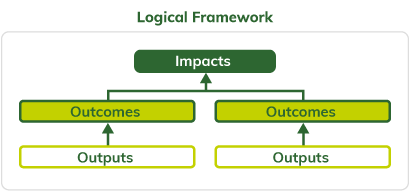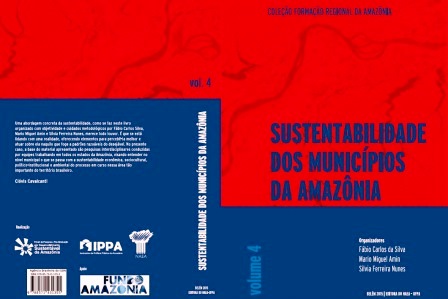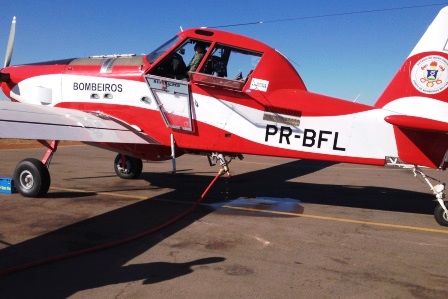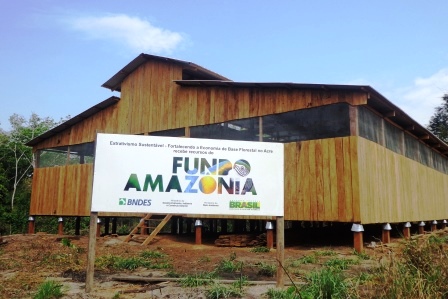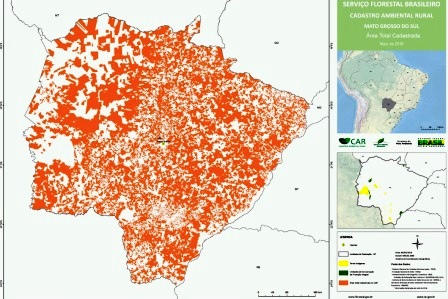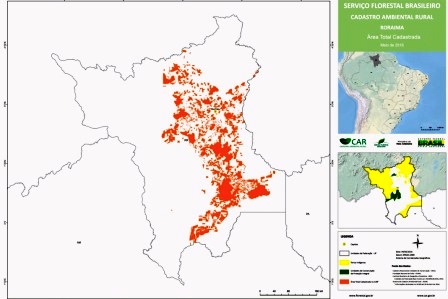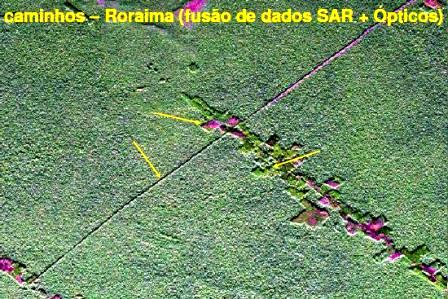INSTITUTIONAL AND ADMINISTRATIVE ASPECTS
The ARPA programme was successful in structuring an interinstitutional relationship agreement, which enabled actors with various positions and interests to interact in a balanced way compared with the existing alternatives for achieving the programme’s objectives. Important technical and financial partnerships were established with the Brazilian government; the German government – through KfW and GiZ; the World Bank – under the Global Environment Fund (GEF); the WWF-Brazil; the Brazilian Biodiversity Fund (FUNBIO); and the state governments in the Amazon – Amapá, Amazonas, Acre, Mato Grosso, Pará, Rondônia and Tocantins.
The organized civil society was also integrated into the programme’s institutional arrangement by means of participation in specific instances for its monitoring, control and management.
FUNBIO has a team of 73 employees, 62% of whom are women. 26 individuals of this number perform the role of coordinator, 81% of whom are women.
RESULT AND IMPACT INDICATORS
LAND-USE PLANNING COMPONENT (3)
Outcome 3.1: Created or expanded protected areas (PA) within the ARPA programme
The process of creating a PA contains the following referential characteristics: public consultation, land ownership diagnosis, environmental diagnosis, socioeconomic diagnosis and diagnostic instrument of creation.
- Created or expanded area of PAs with support from the project (impact indicator)
The target for this indicator was creating a total of 13.5 million hectares of new PAs. Between 2010 and 2015, 708,251 acres of created or expanded PAs were aggregated with the project’s implementation. However, when we consider the Nascentes do Lago Jari National Park, with 812,141 hectares, created in 2008, and account for phase 2 of the ARPA programme, the total area of newly created or expanded PAs amounts to 1,520,392 hectares.
The project also supported other PA creation processes, however not all fulfilled the requirements to create them. One of these processes, corresponding to an area of 126,302 hectares, had their studies completed by the end
of 2014 and is now waiting for the legal instrument for its creation to be published. Nine other PA creation processes should continue, which correspond to 1,981,076 hectares.
Outcome 3.2: Existing consolidated protected areas (PA) within the ARPA programme
- Area of consolidated PAs at Grade 1 (impact indicator)
The established target for this indicator was 23 million hectares, and ten PAs were consolidated at Grade 1 with 4,904,649 acres. The poor performance of this indicator is due to the need to simultaneously adhere to all the required characteristics related to the desired consolidation grade. If we consider three PAs that only depend on allocating one more employee to their technical team, then there are 13 consolidated PAs at Grade 1, totalizing 5,571,028 hectares.
In addition, 15 other PAs, with an area of 4,105,551 hectares, only depend on developing or revising their management plan (10 PAs) or implementing a protection plan (five PAs) in order to achieve Grade 1 consolidation.
Despite failing to reach the objective, there were considerable advances in several of the requirements for 57 PAs being supported to reach a Grade 1 consolidation. Examples of these advances are working management councils (deliberative or advisory, reached by 85% of the PAs), provision of basic equipment to implement the PAs (87% of the PAs) and signaling for the main entry points of these units (85% of the PAs).
- Area of consolidated PAs at Grade 2 (impact indicator)
The established target for this indicator was the consolidation of 9 million hectares of PAs at Grade 2. In the Amazon biome, there was a PA consolidated at Grade 2 with 328,150 hectares, and, outside the biome, a second PA was consolidated with 100,413 acres, which, however, is not considered due to a lack of support from the Amazon Fund.
The poor performance of this indicator is due to the need to simultaneously adhere to all the required characteristics related to the desired consolidation grade, with an increased difficulty about meeting the PAs’ requirements, to conducting a biodiversity inventory and to creating a technical team with at least five employees.
Despite failing to reach the objective, there were considerable advances made in several of the requirements for the 38 PAs selected for consolidation at Grade 2, such as a regular working managing council of the PAs (reached by 92% of them), minimum facilities (66% of the PAs) and a land ownership survey (68% of the PAs).
- Number of individuals trained to manage PAs (output indicator)
84 individuals were trained to manage PAs, while 247 people participated in training courses to manage resources provided by the ARPA programme.
- Annual deforestation in the PAs supported by the ARPA programme (impact indicator)
Based on data from the Instituto Nacional de Pesquisas Espaciais – INPE (National Institute for Space Research), Table 22 shows that there has been a 37% reduction in deforestation in the PAs supported by the project, when the average deforested area between 2011 and 2014 is compared to the baseline (2010).
|
Deforested area (km2)
|
|
|
UC Area
(km2)
|
2010
Baseline
|
2011
|
2012
|
2013
|
2014
|
Variation
2014 x 2010
|
Average
2011-2014
(km2)
|
Average comparison
2011-2014 x
2010 Baseline
|
|
Deforestation ARPA PAs (excluding Cantão State Park)
|
526,916
|
117
|
77
|
63
|
74
|
79
|
(32)
|
73
|
(37)
|
|
Deforestation non-ARPA PAs (excluding Cantão State Park)
|
746,825
|
491
|
423
|
373
|
539
|
479
|
(3)
|
454
|
(8)
|
Source: BNDES, based on data from INPE
In order to qualify this indicator’s results, we sought to identify a similar universe to that of the PAs which had not benefited from project interventions, i.e., the remaining PAs in the Legal Amazon that had not received support from the project were selected. It is possible to consider this group as a control for comparison purposes, from which only an 8% reduction in deforested area was verified in the same period. In other words,
deforestation fell by a higher rate in PAs supported by the project (37%) than it did in the unsupported PAs (8%).
It is worth mentioning that the Cantão State Park is part of the group of PAs supported by phase 2 of the ARPA programme, however this park is not considered as part of the group of PAs supported by the project for the purposes of this analysis. That is why it is not within the Amazon biome according to the Brazilian Environment Ministry (MMA) Decree 96, March 27th, 2008, regardless of whether it is considered a transitional area
between the Hinterland Biome (Cerrado) and the Amazon rainforest.
Graph 9 shows that there was a reduction in the participation of PAs supported by the project in terms of total deforestation in the PAs from the Legal Amazon. 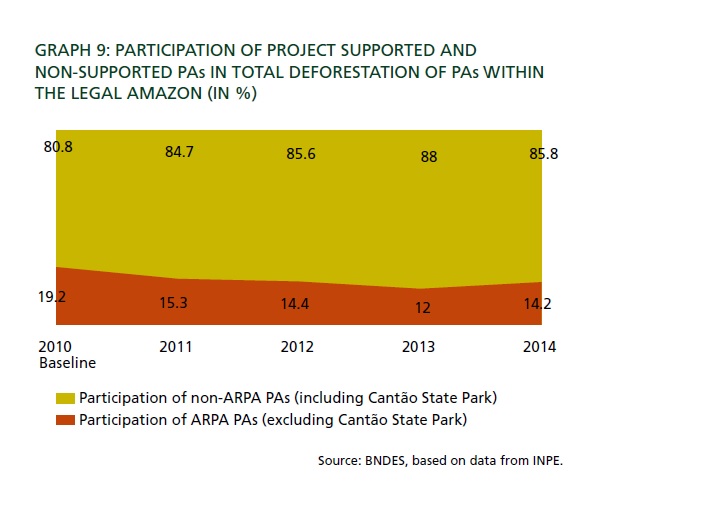
- Volume of financial resources capitalized for the FAP/Transition Fund (TF) of the ARPA for Life Initiative (impact indicator)
The project originally foresaw the FAP management support as a way to provide long-term financial sustainability for the PAs. However, this action was revised due to cost projections and models developed under the project’s scope, which indicated that the resources required to reach full consolidation and maintenance for all PAs supported by the ARPA programme would be unavailable, if the FAP in its format of a permanent capitalization fund were adopted (endowment fund).
Therefore, the FAP capitalization strategy was revised and replaced by the transition fund from the ARPA for Life Initiative, which is a financial mechanism that acts in a similar way to an amortization fund (sinking fund).
Based on this new definition, the resources were transferred from FAP to the TF of the ARPA for Life Initiative, with nine new funding initiatives being conducted for this new fund. At the beginning of the project’s execution, the FAP had R$ 51.2 million (US$ 29.6 million) available. On December 31st, 2015, the TF of the ARPA for Life Initiative contained R$ 235.4 million (US$ 60.2 million) in cash and cash equivalents, i.e., there was an increase of US$ 30.6 million, which was slightly below the target of US$ 46 million in additional capitalization that was originally established for FAP.
It is likely to conclude that the project achieved meaningful results based on the creation, expansion and consolidation of PAs, deforestation rate in the supported PAs and performance of the TF of the ARPA for Life Initiative; however, these results were below the initial forecasts. Despite only partially reaching the established targets, the data showing the deforestation reduction in the 94 PAs involved in the project are extremely positive, which demonstrate the project’s success in terms of its contribution to the Amazon Fund’s impact on reducing deforestation.
LESSONS LEARNED
The relevant challenges and lessons for the ARPA programme – phase 2 were indicated. The following deserve highlighting: (i) the shortage of resources and, above all, of personnel to manage of PAs is structural and has an impact on any initiative to improve its working; (ii) by allocating a greater number of public servants to coordinate the ARPA programme, it was possible to ensure that the governments had a significant involvement during its critical management periods, essential to properly implement the project; (iii) the huge liability in agrarian land owning regulation makes it possible for unauthorized individuals to develop activities that are incompatible with the objectives of the PAs, generating conflicts regarding the use of land and natural resources; and (iv) during the programme’s implementation, simplifying the protocols to monitor biodiversity
proved to be a necessary task, which allowed a significant improvement in its implementation, an essential aspect for managing PAs and evaluating the effectiveness of conservation efforts based on a representative sample of the biodiversity.
SUSTAINABILITY OF RESULTS
Preserving the ARPA programme’s achievements depends on a number of variables, including: the need for additional human resources in government agencies responsible to manage the PAs and a guarantee that there will be continued financial resources provided as well as new investment.
With regards to the ARPA programme’s financial sustainability, based on studies and cost projections designed to consolidate and maintain the PAs, a new strategy was drafted and implemented, called the ARPA for Life Initiative, which took the form of a private fund (Transition Fund) and had a balance of R$ 235.4 million (US$ 60.2 million) at the end of 2015.
This fund should provide the necessary resources to fund the ARPA programme on a long-term basis, whose costs will decrease with time, since there is an expected elevation in government contribution over the next 25 years, moving towards the programme’s costs being fully covered by the government themselves.


